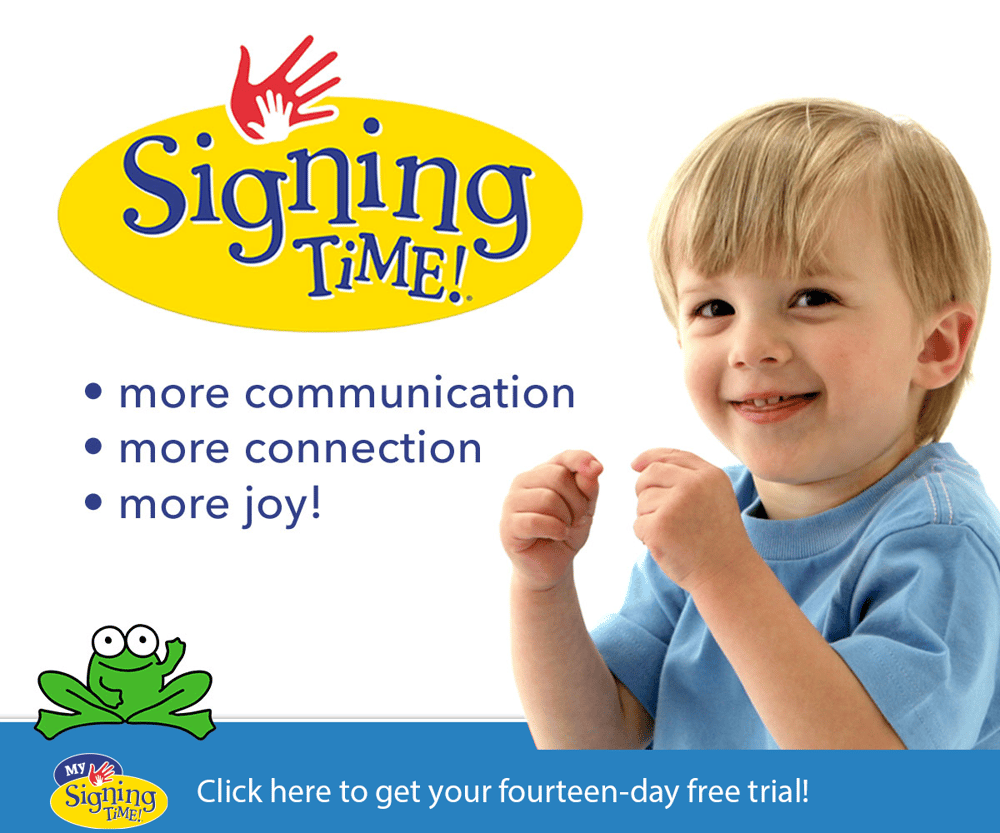
Sign language is a form of communication that relies on hand gestures, facial expressions, and body motions to express ideas and concepts. It’s not only a means of communication for the deaf community but also a valuable skill for parents and teachers to learn. In this article, we’ll explore why sign language is important and how you can start learning and teaching it to children.
This site contains product affiliate links. We may receive a commission if you make a purchase after clicking on one of these links.
Why Sign Language is Important for Parents and Teachers
Sign language is a universal language that can bridge communication gaps between people who speak different languages or have hearing impairments. For parents, learning sign language can help them communicate with their children before they can speak fluently. For teachers, sign language can be a useful tool in inclusive classrooms where there are students with hearing impairments.
Benefits of Teaching Sign Language to Children
- Improved Communication Skills: Learning sign language can improve children’s overall communication skills, including their ability to express themselves and understand others.
- Enhanced Cognitive Development: Research shows that learning sign language can enhance cognitive development in children, including improved memory and problem-solving skills.
- Promotes Bonding: Using sign language with children can strengthen the bond between parents or teachers and children, as it creates a unique form of communication that is both fun and interactive.
→ The Surprising Benefits of Teaching Your Baby Sign Language
How to Learn Sign Language
There are several ways parents and teachers can learn sign language:
- Online Resources: Websites and apps offer tutorials and videos that teach sign language.
- Books and Guides: There are many books and guides available that teach sign language with illustrations and step-by-step instructions.
- Courses and Classes: Joining a sign language course or class can provide a structured learning environment with a qualified instructor.
→ Best-Selling ASL Books for Young Learners
Tips for Teaching Sign Language
- Start Early: Start teaching sign language to children as early as possible to maximize their learning potential.
- Be Consistent: Use sign language consistently in everyday interactions to reinforce learning.
- Make it Fun: Use games, songs, and storytelling to make learning sign language enjoyable for children.
Sign Language Activities for Children
- Signing Games: Play games that involve using sign language, such as charades, BINGO, or memory games.
- Storytelling with Signs: Use sign language to act out stories or nursery rhymes.
- Songs and Rhymes: Sing songs and rhymes using sign language to help children remember signs.
- Flashcards: Using flashcards is a fun and effective way to learn sign language, helping children to memorize signs and improve communication skills.
Sign Language for Specific Situations
- Mealtime: Teach signs for common foods and actions related to mealtime, such as “eat,” “drink,” and “more.”
- Playtime: Use signs for different toys and activities, such as “ball,” “book,” and “play.”
- Daily Routines: Incorporate signs for daily routines, such as “brush teeth,” “take a bath,” and “go to bed.”
Challenges and Solutions
- Time Constraints: Finding time to learn and practice sign language can be challenging. Setting aside dedicated time each day can help.
- Lack of Practice: Consistent practice is key to retaining sign language skills. Practice with others or use online resources to stay engaged.
- Keeping Children Interested: Use creative and interactive activities to keep children interested and motivated to learn sign language.
Resources for Further Learning
- Websites: Websites like Lifeprint.com and Signing Savvy offer free resources and tutorials for learning sign language.
- Books: Books like “Baby Sign Language Basics” by Monta Briant provide a comprehensive guide to teaching sign language to children.
- Videos: YouTube channels offer free entertaining videos that teach sign language through songs and stories.
Learning sign language can be a rewarding experience for both parents and teachers. It enhances communication skills, promotes bonding, and provides a means of inclusive communication. By incorporating sign language into daily routines and activities, parents and teachers can create a fun and engaging learning environment for children.
More Info on the Benefits of Teaching Sign Language to Children
Sign Language Made Easy: The Best Apps for Kids to Learn
The Best American Sign Language Toys for Kids
Tips For Teaching the American Sign Language (ASL) Alphabet
American Sign Language Flashcards Can Boost Your Child’s Learning
Fun & Interactive App To Teach Sign Language To Young Children
Try My Signing Time For 14 Days Free
FAQs
- Is sign language difficult to learn? Sign language can be challenging at first, but with practice and consistency, it becomes easier.
- Can anyone learn sign language? Yes, anyone can learn sign language, regardless of age or background.
- How long does it take to learn sign language? The time it takes to learn sign language varies from person to person, but consistent practice can expedite the learning process.
- Is sign language only for the deaf community? No, sign language can be used by anyone as a means of communication.
- Are there different sign languages? Yes, there are different sign languages used around the world, such as American Sign Language (ASL) and British Sign Language (BSL).
Explore More
- How to Teach Infants Sign Language to Communicate With Your Baby
- Creative Ways to Teach Sign Language to Young Children
- From Blocks to Bots: How Coding for Kids is Transforming the Classroom
- First Coding and Robotics Toys for Kids
- Tips for Integrating Coding into Daily Play
- Best Online Coding Programs for Kids: Fun & Interactive Learning
Share it with friends!







